Starbucks Union Spurns Company's Guaranteed Wage Increase Proposal
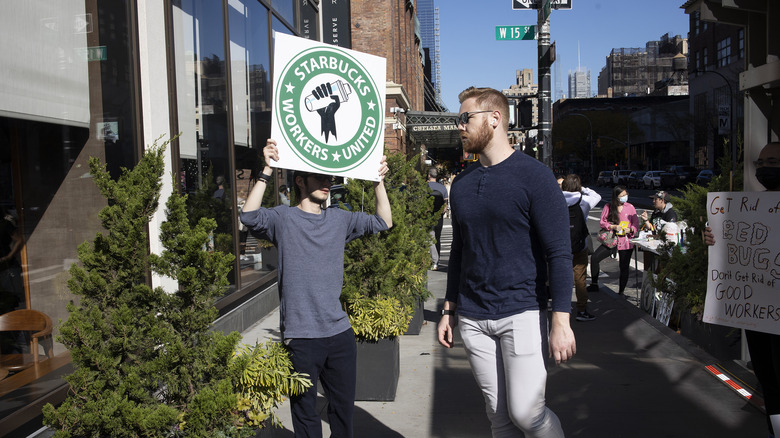
Table of Contents
Details of Starbucks' Wage Increase Proposal
Starbucks' proposed wage increase aimed to address concerns raised by unionized workers. However, the specifics of the offer fell short of satisfying the union's demands. The core elements of the proposal included:
- A tiered wage increase: The proposed increase wasn't a uniform percentage across the board. Instead, it varied based on factors such as tenure and store location, creating a complex system perceived as unfair by the union.
- Modest percentage increases: While Starbucks touted the wage increase as significant, the union argued the percentage increases were insufficient to address the rising cost of living and compensate for the demanding nature of the work.
- Limited benefits adjustments: The proposal included minor adjustments to the benefits package, such as a slight improvement in health insurance coverage, but the union felt these were inadequate and did not reflect the value of its workers.
- Performance-based components: Certain aspects of the wage increase were tied to performance metrics, leading to concerns about potential bias and inconsistent application. The union argued this system could unfairly penalize workers and undermine their job security.
The overall sentiment from the union was that the compensation package, while presented as generous, was ultimately a strategic move by Starbucks to undermine unionization efforts rather than a genuine attempt to improve worker welfare.
Reasons for Union Rejection of Starbucks' Offer
The Starbucks union's rejection wasn't impulsive; it stemmed from a confluence of factors that highlighted deeper issues within the company's labor relations. Key reasons for the rejection include:
- Insufficient wage increases: The union argued the proposed wage increases, even with the tiered system, were insufficient to meet the rising cost of living and fairly compensate workers for their labor. They cited data showing barista wages lagged behind the cost of living in many areas.
- Unresolved concerns beyond wages: The union's demands extended beyond wages to encompass crucial working conditions. Concerns about inadequate staffing levels leading to burnout, inconsistent scheduling practices that disrupt work-life balance, and lack of protection against retaliation for union activities remained unaddressed.
- Lack of good faith bargaining: The union accused Starbucks of engaging in unfair labor practices and failing to bargain in good faith. This perception fueled distrust and hindered productive negotiations. Specific instances of alleged unfair practices were cited, further strengthening their argument.
- Demands for improved staffing and scheduling: The union emphasized the need for consistent, adequate staffing levels to alleviate worker burnout and improve customer service. They also pressed for more predictable and flexible scheduling practices to support a better work-life balance for baristas.
Impact of the Rejection on Starbucks Workers and the Company
The union's rejection of Starbucks’ offer will have significant ramifications for both the workers and the company.
- Worker morale: The rejection, while potentially energizing to some workers, may also lead to frustration and decreased morale, particularly if further negotiations fail to produce a satisfactory outcome.
- Labor relations: The strained labor relations will likely persist, potentially leading to increased tension and further conflict between the company and its unionized workforce.
- Company reputation: Starbucks' reputation could suffer if the dispute drags on, impacting consumer perceptions and potentially affecting brand loyalty. Negative media coverage of the dispute can further damage their public image.
- Financial consequences: The dispute might result in increased labor costs if a better agreement is eventually reached or, conversely, could lead to costly legal battles and potential strikes. The negative impact on brand perception can also translate into financial losses.
- Consumer impact: Consumers increasingly align themselves with companies that treat their employees ethically. A protracted dispute could alienate customers who value fair labor practices, potentially impacting sales.
Future Outlook and Potential Next Steps
The future of the Starbucks union dispute remains uncertain. Several potential next steps exist:
- Further negotiations: Both sides may return to the bargaining table, possibly with the assistance of a mediator. The success of these further negotiations depends heavily on the willingness of both parties to compromise.
- Potential strike: The union may authorize a strike or other forms of industrial action if negotiations fail to yield a satisfactory agreement. This would significantly disrupt Starbucks’ operations.
- Mediation and arbitration: External mediators or arbitration processes could be employed to facilitate a resolution. However, the success of these methods depends on the willingness of both parties to cooperate.
- Legal action: Either side could resort to legal action if they believe the other party has violated labor laws or the terms of a collective bargaining agreement.
Public statements from Starbucks have emphasized their commitment to their employees, while the union has reiterated its determination to secure a fair contract. The coming weeks and months will be crucial in determining the outcome of this significant labor dispute.
Conclusion
The Starbucks union's rejection of the company's wage increase proposal represents a significant escalation in the ongoing labor dispute. The reasons behind the rejection highlight deep-seated concerns about fair compensation, working conditions, and the company's approach to collective bargaining. The outcome of this conflict will have far-reaching consequences for Starbucks workers, the company's reputation, and the broader labor movement. The struggle for better wages and working conditions within the Starbucks union continues.
Call to Action: Stay informed about the ongoing developments in this crucial Starbucks union dispute. Follow our updates for the latest news on negotiations, worker demands, and the future of Starbucks worker rights. Understanding the complexities of the Starbucks union's fight for better wages and working conditions is essential.

Featured Posts
-
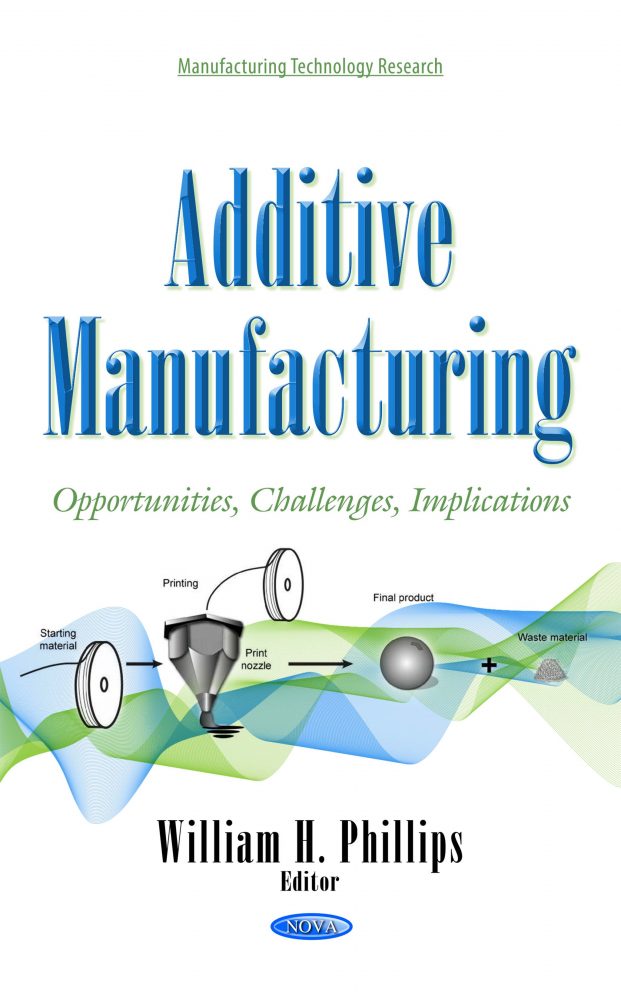 American Manufacturing Challenges And Opportunities
Apr 29, 2025
American Manufacturing Challenges And Opportunities
Apr 29, 2025 -
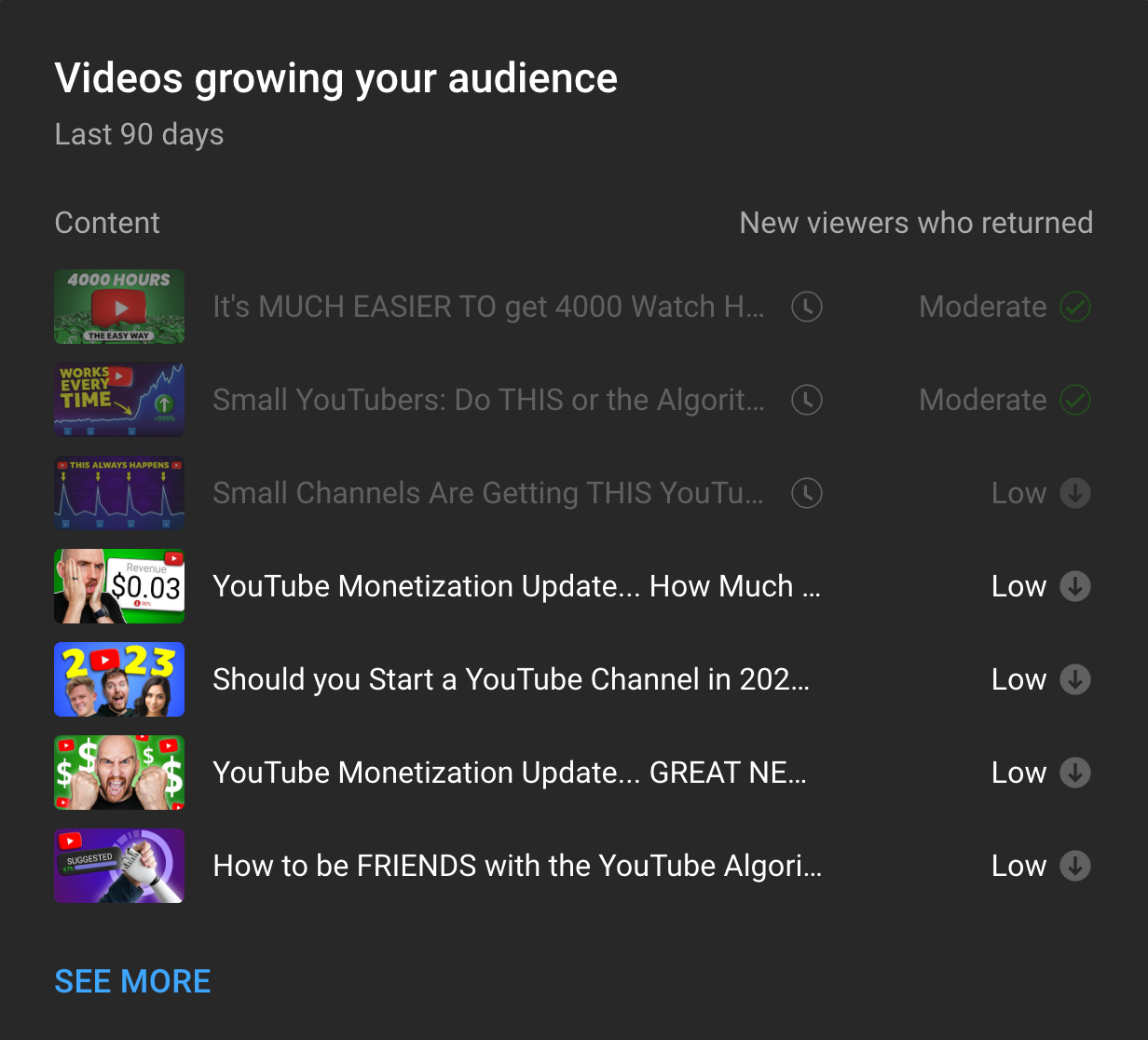 How You Tube Attracts Older Viewers Seeking Familiar Entertainment
Apr 29, 2025
How You Tube Attracts Older Viewers Seeking Familiar Entertainment
Apr 29, 2025 -
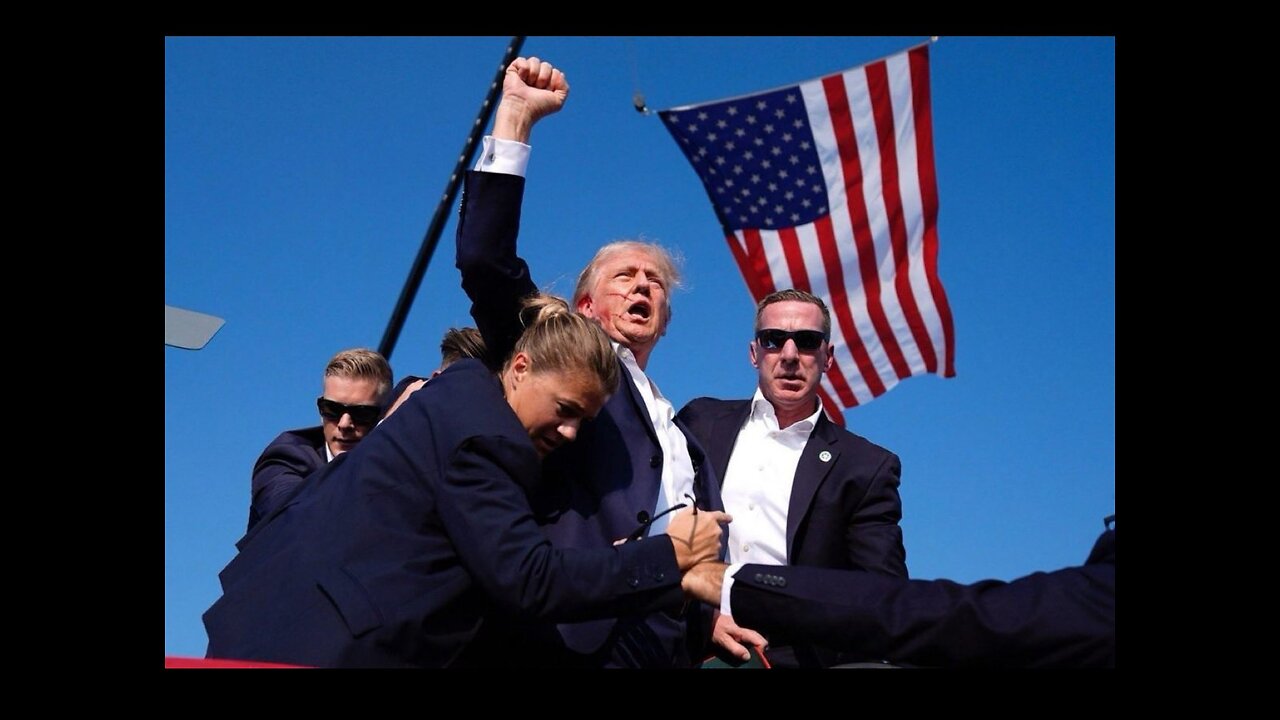 Black Hawk Pilot Rebecca Lobachs Collision Ignoring Co Pilot Warnings
Apr 29, 2025
Black Hawk Pilot Rebecca Lobachs Collision Ignoring Co Pilot Warnings
Apr 29, 2025 -
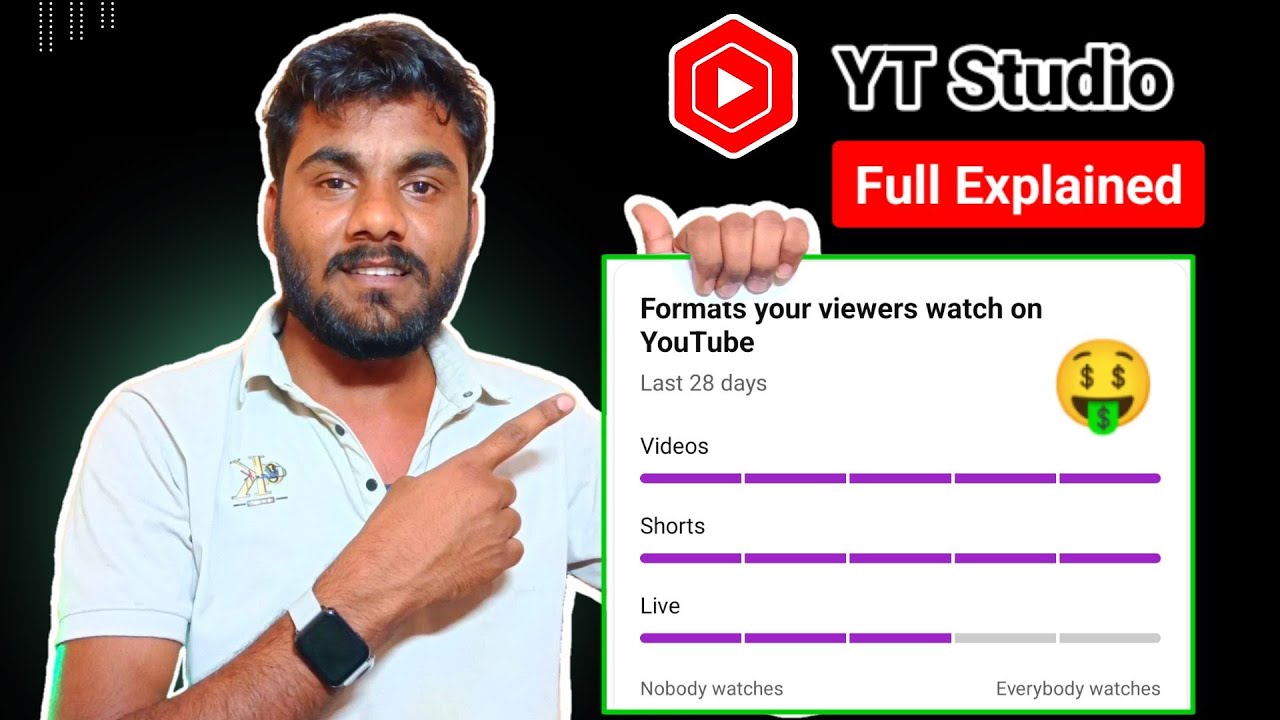 How You Tube Caters To The Needs Of Older Viewers
Apr 29, 2025
How You Tube Caters To The Needs Of Older Viewers
Apr 29, 2025 -
 Nyt Spelling Bee February 10 2025 Complete Solution And Spangram
Apr 29, 2025
Nyt Spelling Bee February 10 2025 Complete Solution And Spangram
Apr 29, 2025
Latest Posts
-
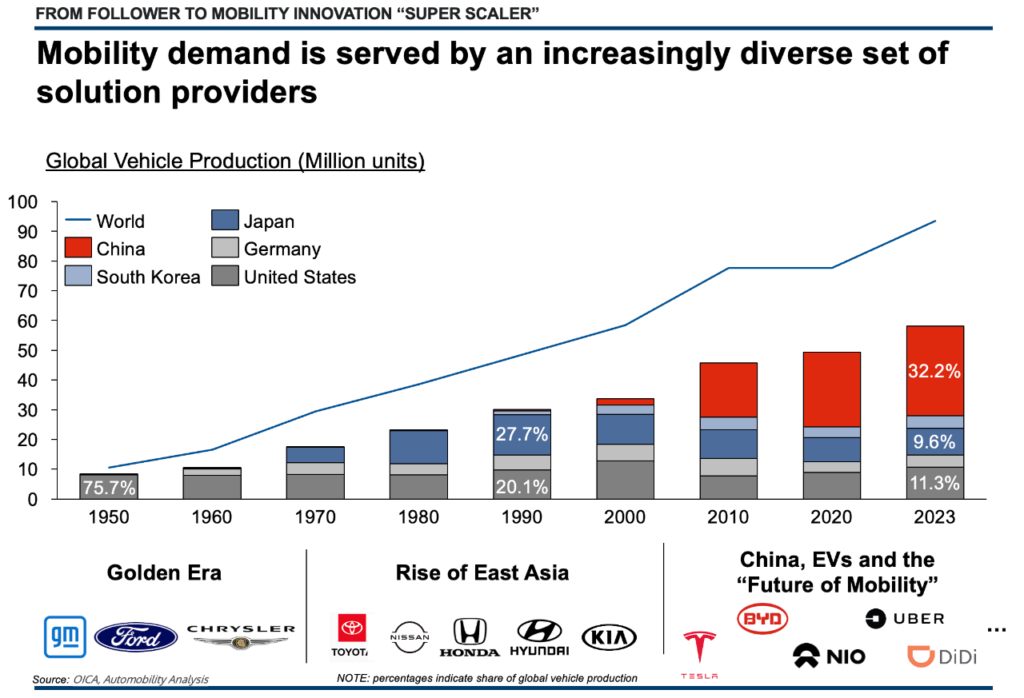 Lietuvoje 2024 Metais Parduota 33 Daugiau Porsche Automobiliu
Apr 29, 2025
Lietuvoje 2024 Metais Parduota 33 Daugiau Porsche Automobiliu
Apr 29, 2025 -
 Moje Doswiadczenia Z Porsche Cayenne Gts Coupe Suv Marzen Czy Nie
Apr 29, 2025
Moje Doswiadczenia Z Porsche Cayenne Gts Coupe Suv Marzen Czy Nie
Apr 29, 2025 -
 Porsche 911 Wersja Za 1 33 Mln Zl Bije Rekordy Popularnosci
Apr 29, 2025
Porsche 911 Wersja Za 1 33 Mln Zl Bije Rekordy Popularnosci
Apr 29, 2025 -
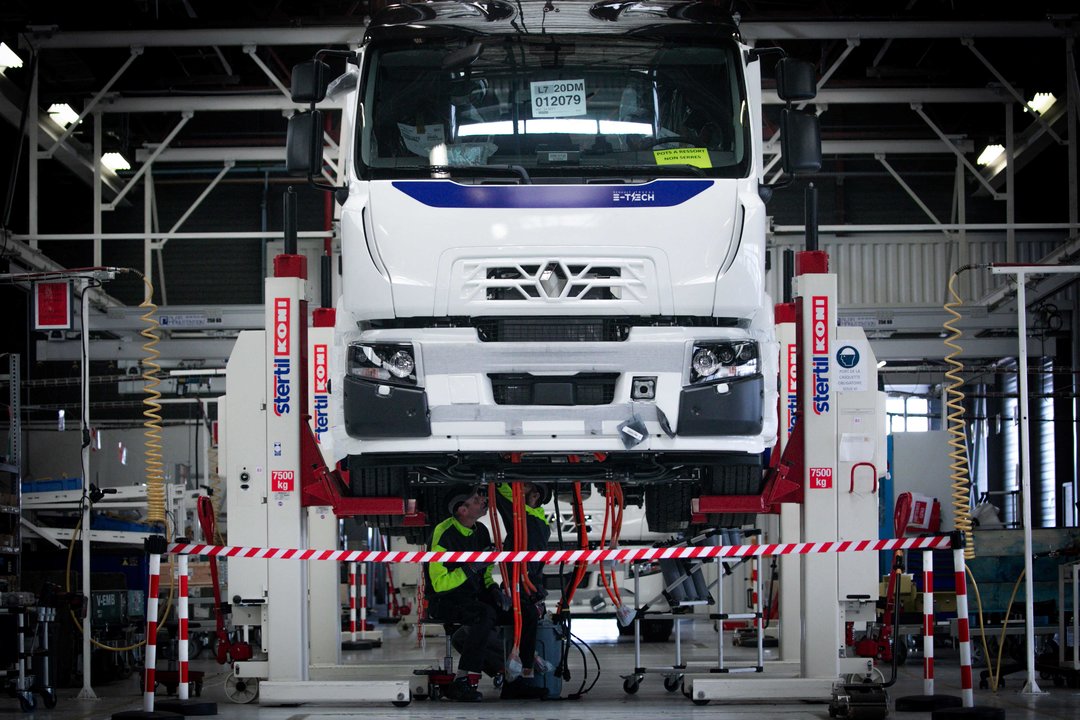 Rekordiniai Porsche Pardavimai Lietuvoje 2024 M Padidejimas 33
Apr 29, 2025
Rekordiniai Porsche Pardavimai Lietuvoje 2024 M Padidejimas 33
Apr 29, 2025 -
 Czy Porsche Cayenne Gts Coupe Spelnia Oczekiwania Szczegolowy Test
Apr 29, 2025
Czy Porsche Cayenne Gts Coupe Spelnia Oczekiwania Szczegolowy Test
Apr 29, 2025
